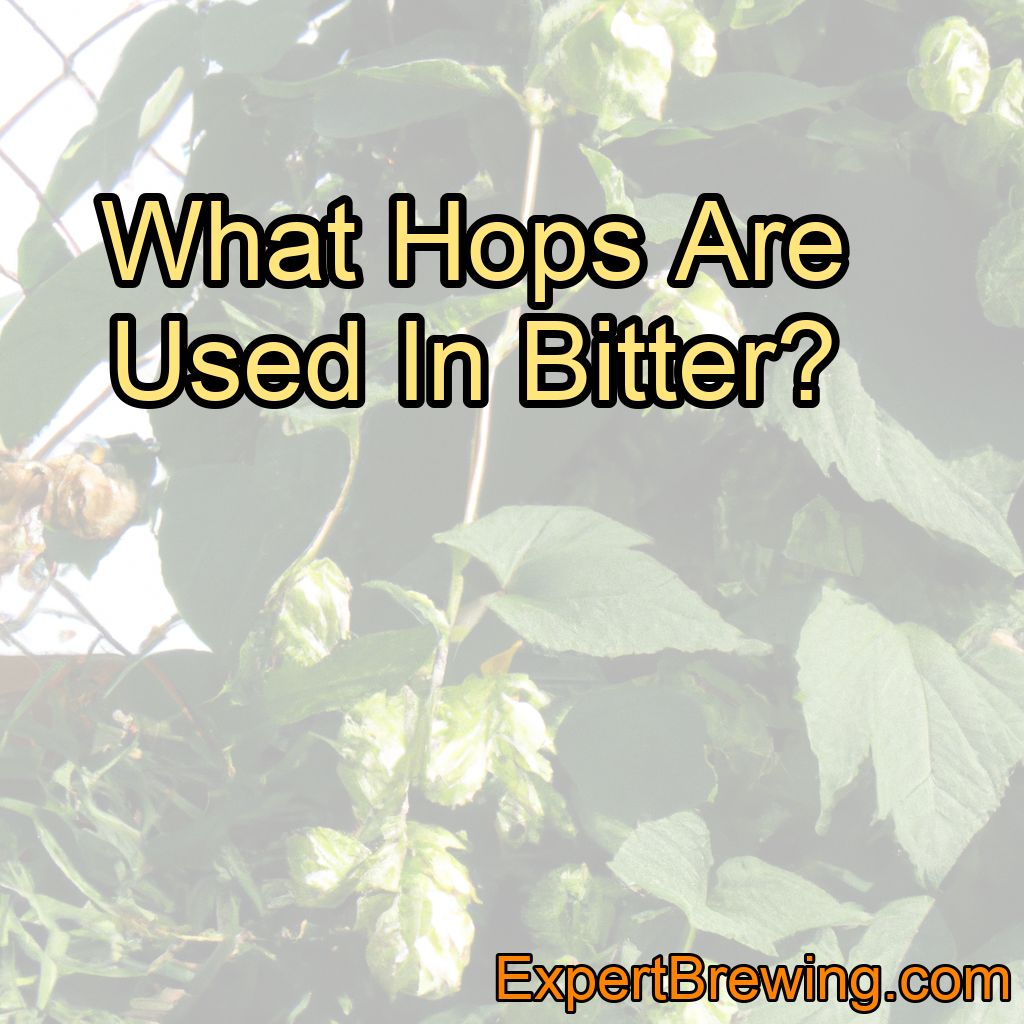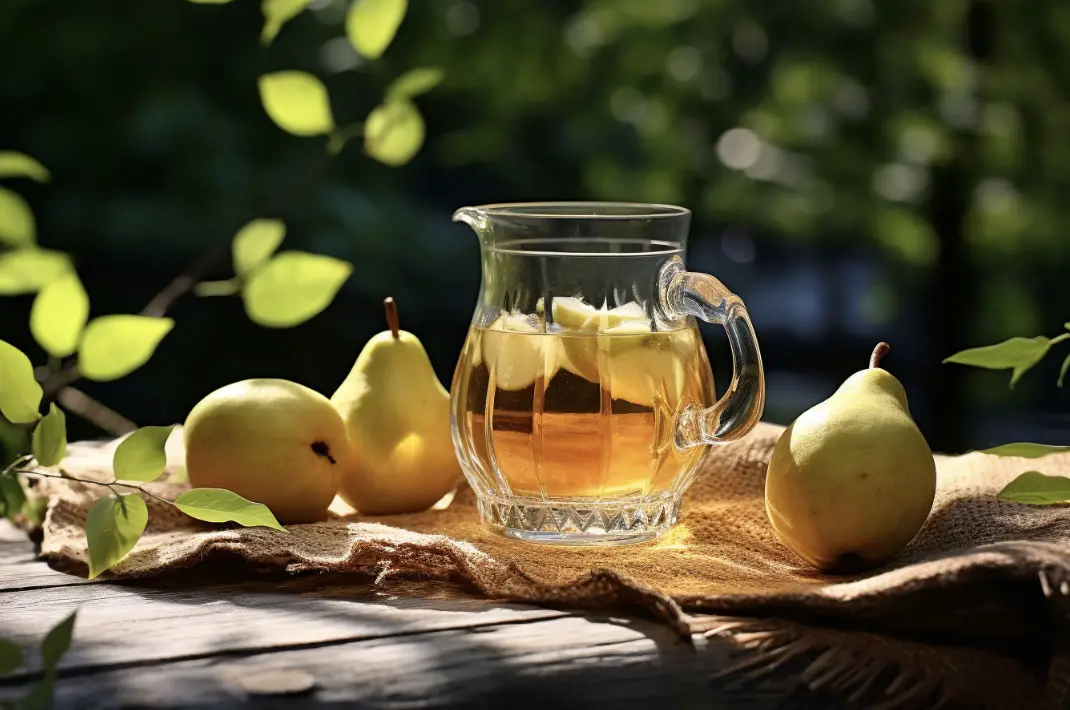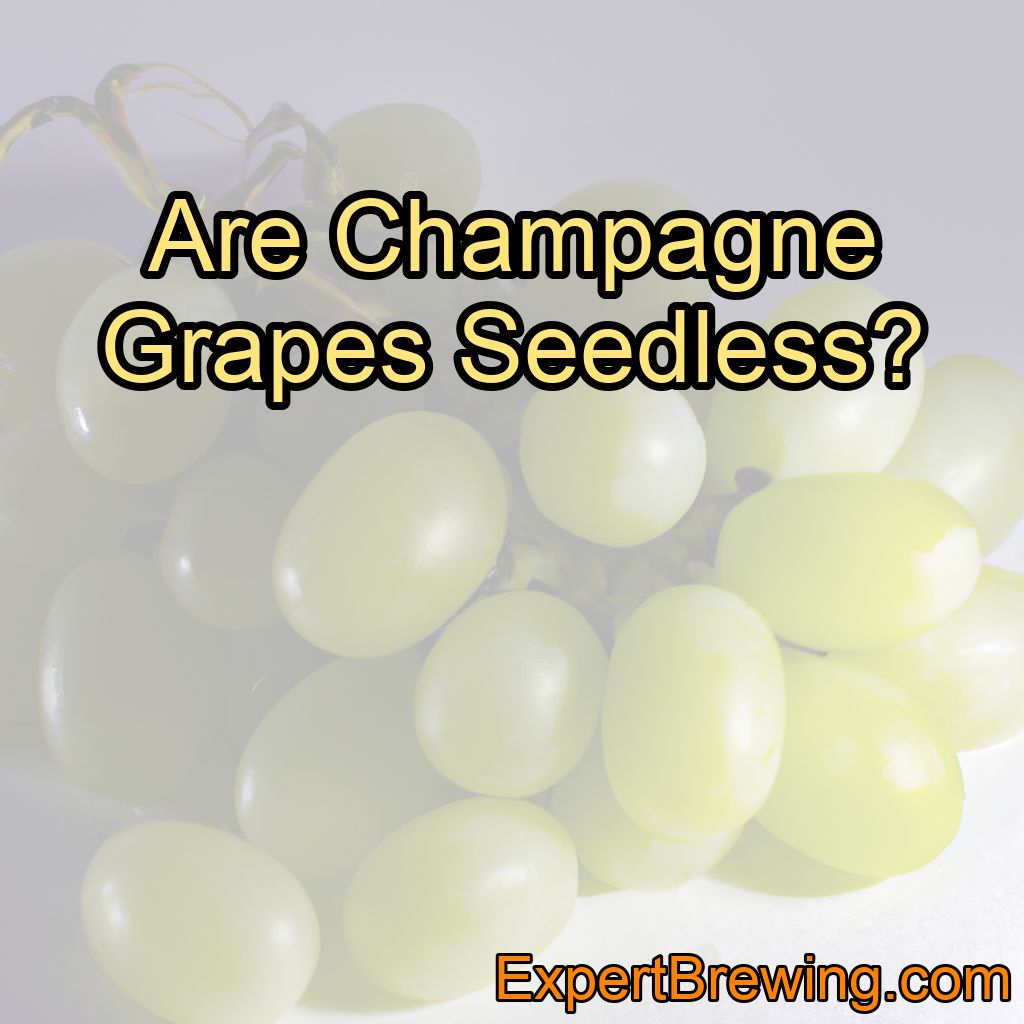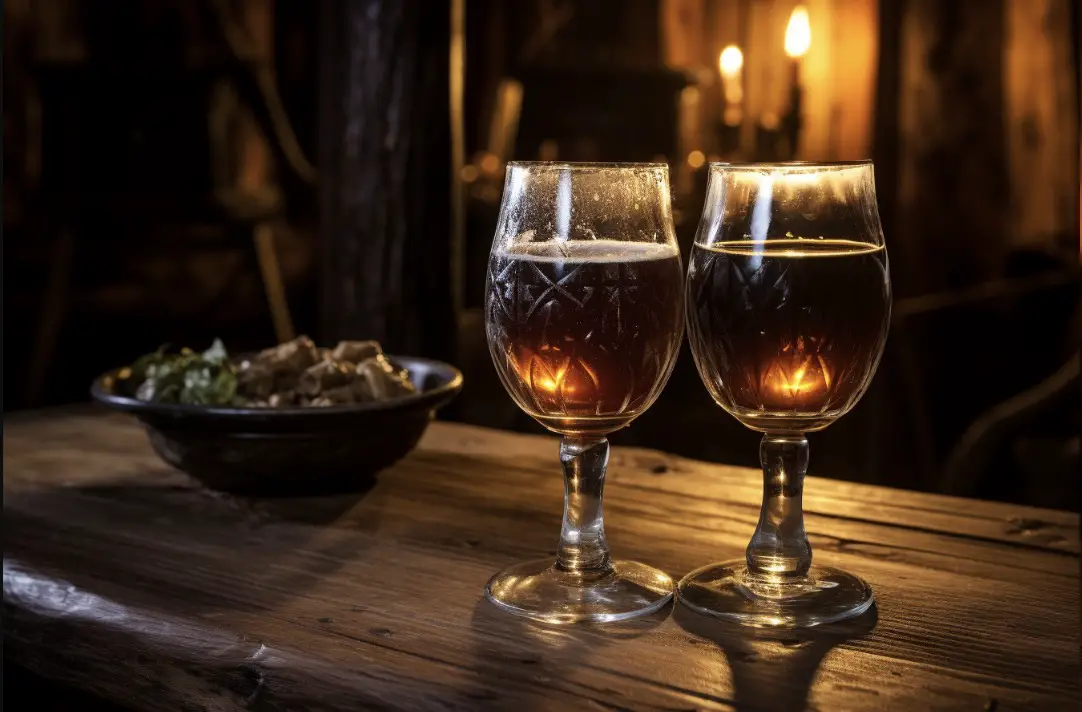Bitter, a classic British beer, has been enjoyed by countless generations of drinkers. Its popularity is attributed to its balanced flavor profile, which combines a malty sweetness with a hoppy bitterness. But, what are the hops used in bitter?The hops commonly used in bitter include Fuggle, Goldings, Challenger, Target, Northdown, and Progress.
In this blog post, we will explore these hops in depth, discussing their characteristics, origins, and how they contribute to the flavor of your favorite bitter. Let’s dive in!
1. Fuggle Hops
Fuggle hopsare one of the most traditional and widely used hops in brewing English-style bitters. They were first introduced in the late 19th century and have since become a staple in many British beers.
Characteristics
Fuggle hops are known for their earthy, woody, and mild fruity aroma. They have a moderate alpha acid content, ranging from 3.5% to 5.5%, which contributes a mild to moderate bitterness to the beer.
Origins
Fuggle hops were first discovered by a British farmer named Richard Fuggle in 1861. They have since been cultivated extensively in the United Kingdom, as well as in the United States and other countries.
Contribution to Bitter
Fuggle hops provide a balanced bitterness and earthy, woody aroma to bitters, making them an essential ingredient in many traditional recipes.
2. Goldings Hops
Goldings hopsare another classic British hop variety, often used in conjunction with Fuggle hops in brewing bitters.
Characteristics
Goldings hops have a delicate, sweet, and floral aroma, with a slightly spicy character. They have a moderate alpha acid content, typically ranging from 4% to 6%, contributing to a mild bitterness in beer.
Origins
Goldings hops were first cultivated in the early 19th century in Kent, England. They have since become a popular hop variety in the United Kingdom and are also grown in other countries, such as the United States.
Contribution to Bitter
Goldings hops provide a floral, sweet aroma and a mild bitterness to bitters, complementing the earthy character of Fuggle hops.
3. Challenger Hops
Challenger hopsare a more modern British hop variety, developed in the 1970s. They are often used in combination with traditional hops, such as Fuggle and Goldings, in brewing bitters.
Characteristics
Challenger hops have a fruity, spicy aroma with hints of cedar and green tea. They have a higher alpha acid content than Fuggle and Goldings hops, typically ranging from 6.5% to 8.5%, which contributes a more pronounced bitterness to the beer.
Origins
Challenger hops were developed by Wye College in England in 1972. They were bred as a cross between Northern Brewer and a Goldings variety, combining the best characteristics of both parent hops.
Contribution to Bitter
Challenger hops provide a fruity, spicy aroma and a more assertive bitterness to bitters, adding complexity to the flavor profile.
4. Target Hops
Target hopsare another modern British hop variety, often used as a bittering hop in bitters and other English-style beers.
Characteristics
Target hops have a strong, herbal, and spicy aroma, with hints of pine and citrus. They have a high alpha acid content, typically ranging from 9.5% to 12.5%, which contributes a strong bitterness to the beer.
Origins
Target hops were developed in the United Kingdom in the 1970s as a result of a breeding program aimed at creating high-alpha acid hop varieties.
Contribution to Bitter
Target hops provide a strong, herbal bitterness to bitters, adding depth and intensity to the beer’s flavor.
5. Northdown Hops
Northdown hopsare a British hop variety that is sometimes used in brewing bitters, either on their own or in combination with other hops.
Characteristics
Northdown hops have a spicy, woody, and earthy aroma, with some fruity notes. They have a moderate to high alpha acid content, typically ranging from 7.5% to 9.5%, which contributes a moderate to strong bitterness to the beer.
Origins
Northdown hops were developed in the United Kingdom in the 1970s and are a cross between Northern Brewer and a German hop variety.
Contribution to Bitter
Northdown hops provide a spicy, woody bitterness to bitters, adding an interesting twist to the traditional flavor profile.
6. Progress Hops
Progress hopsare a British hop variety that can be used as a substitute for Fuggle or Goldings hops in brewing bitters.
Characteristics
Progress hops have a floral, grassy, and slightly spicy aroma. They have a moderate alpha acid content, typically ranging from 5% to 7.5%, which contributes a mild to moderate bitterness to the beer.
Origins
Progress hops were developed in the United Kingdom in the 1960s as a more disease-resistant alternative to Fuggle and Goldings hops.
Contribution to Bitter
Progress hops provide a floral, grassy aroma and a mild to moderate bitterness to bitters, making them a suitable alternative to Fuggle and Goldings hops in some recipes.
Conclusion
So, what hops are used in bitter? To sum it up, the hops commonly used in bitter include Fuggle, Goldings, Challenger, Target, Northdown, and Progress. Each of these hops contributes unique characteristics to the beer, creating the balanced and complex flavor profile that bitter is known for.
Here are 10 interesting facts about the hops used in bitter:
1. Fuggle hops were first discovered by British farmer Richard Fuggle in 1861.
2. Goldings hops have been cultivated in Kent, England, since the early 19th century.
3. Challenger hops were developed in 1972 as a cross between Northern Brewer and a Goldings variety.
4. Target hops were bred in the 1970s as part of a program aimed at creating high-alpha acid hop varieties.
5. Northdown hops are a cross between Northern Brewer and a German hop variety.
6. Progress hops were developed in the 1960s as a more disease-resistant alternative to Fuggle and Goldings hops.
7. Fuggle and Goldings hops are the most traditional and widely used hops in brewing English-style bitters.
8. Challenger and Target hops provide a more assertive bitterness to bitters, adding complexity to the flavor profile.
9. Northdown and Progress hops offer unique flavor profiles that can add interesting twists to traditional bitter recipes.
10. The combination of these hops helps create the balanced and distinctive flavor profile that bitters are known for.
FAQs
What hops are used in bitter beer?
Bitter beers typically use hops with higher alpha acid content, such as varieties like Cascade, Chinook, and Magnum.
What hops are used in bitter?
The hops used in bitter can vary depending on the recipe, but traditional English bitters often use hops such as Fuggles, Goldings, and Challenger.
How do you remove bitterness from hops?
To remove bitterness from hops, you can add them later in the brewing process or reduce the amount of hops used. You can also balance the bitterness with sweetness or use a hop variety with a lower alpha acid content.
What makes hops bitter?
Hops contain alpha acids, which are converted into iso-alpha acids during the brewing process. These iso-alpha acids are responsible for the bitter taste in beer.
What’s the difference between bitters and hops?
Bitters are a concentrated alcoholic flavoring made from herbs and spices, while hops are a plant used in brewing beer to impart bitterness and flavor.
Does bitter contain hops?
Bitter is a type of beer that traditionally contains hops, which provide the bitterness and aroma.





